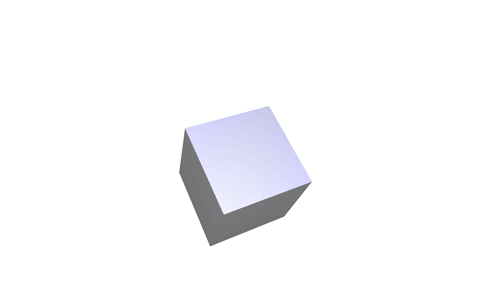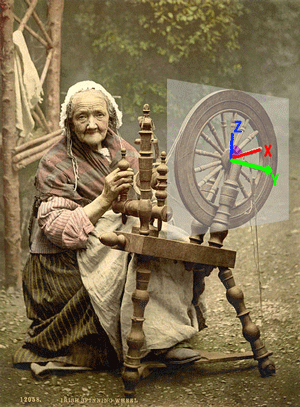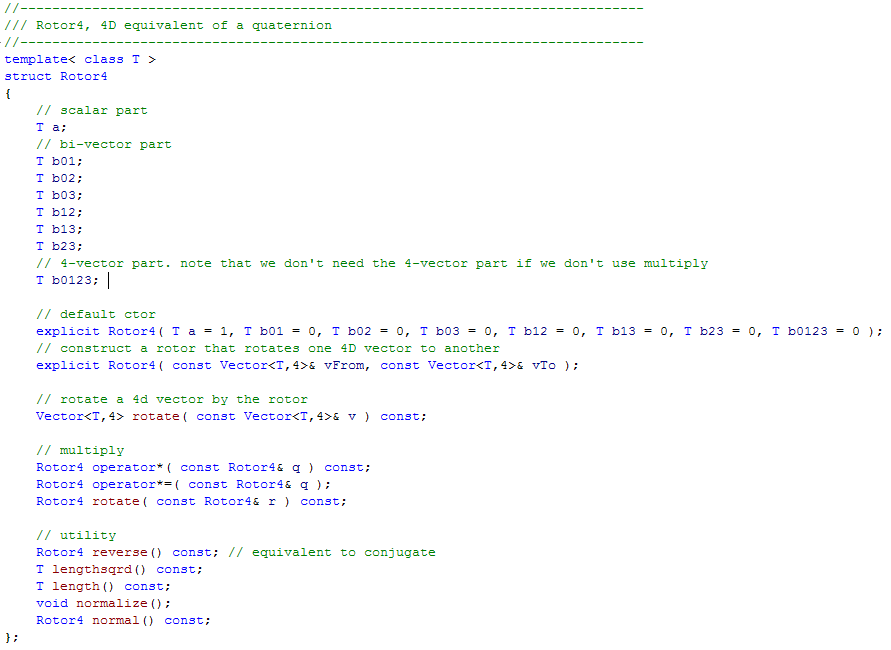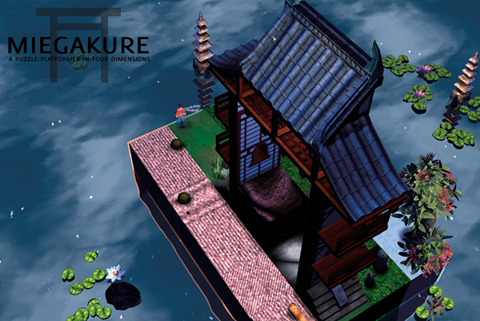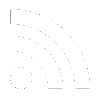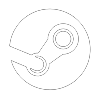Jonathan Blow and I gave a talk at Indiecade this October. I talk about the design philosophy of Miegakure and reveal a bit more about it in the process (for a change).
.
Here’s the summary:
Any system of interactivity can of course be explored: If X happens, what are the consequences? What are all the ways in which pattern Y expresses itself, and to what do those expressions lead? By inspecting the structure of a system in this way, we can find the core ideas of the system, and see how those ideas illustrate fundamental truths of our universe. We present a game design aesthetic that values looking for systems that express these truths in the cleanest possible way. We explain how this is different from more-traditional combinatoric design techniques; we show examples from our games and describe a method for applying the aesthetic in general.
For those of you who came upon this wobsite from xkcd and might not know who Jon is, he is a very intellectual and talented designer, and maker of the indie hit Braid and currently of The Witness. His games also involve revealing interesting aspects of reality, in the case of Braid by allowing the player to rewind time at will. So we have a lot in common and we tried to integrate our viewpoints together in the talk.
Here’s a link to the Indiecade page, on which there’s also a presentation by Richard LeMarchand, and more to come.
Thanks very much to Ida C. Benedetto for recording the talk!
I also did a followup interview for DIYGamer.
